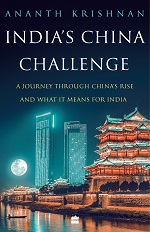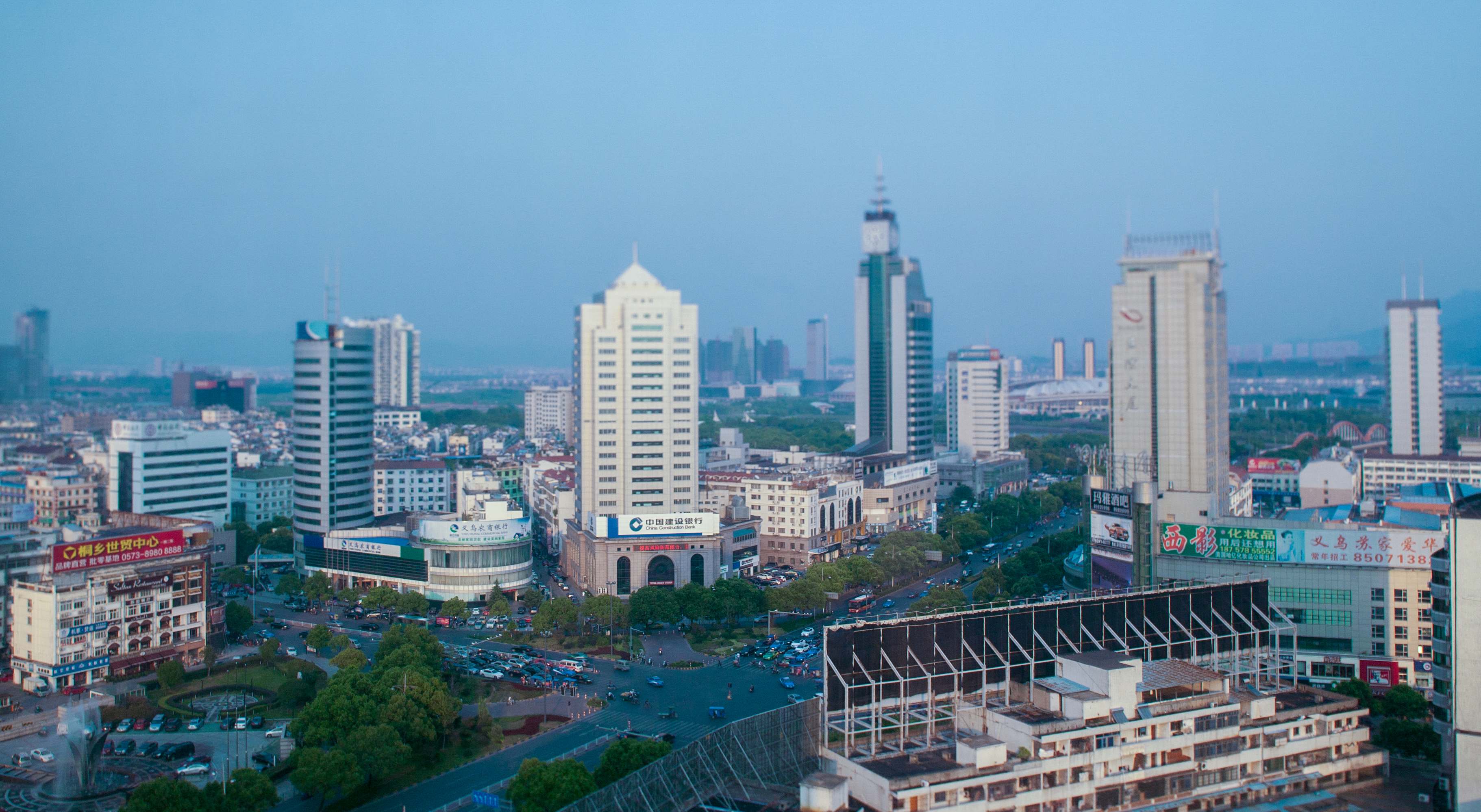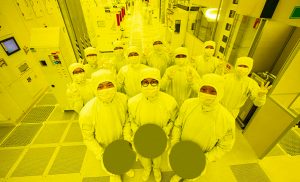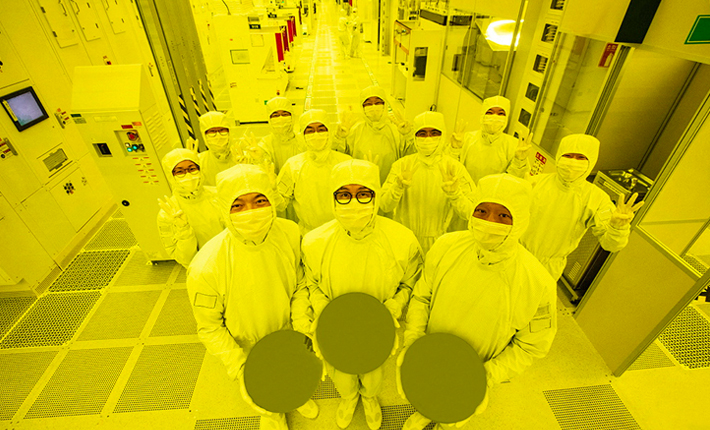(ATF) Yiwu is a gritty town, where businesses appear to rise and fall every other week. Deals are struck with the shake of a hand. Contracts can mean nothing. The city was in the news for the wrong reasons in 2012 when two Indians, Deepak Raheja and Shyamsunder Agarwal, were held hostage by locals after their company allegedly defaulted on payments of 10 million yuan ($1.5 million).
These cases make the news, but they are outliers. You only need to see the steady stream of incoming businessmen (and they are mostly men) to see that the Yiwu model works.
There are traders from every corner of India patrolling the dimly lit corridors of the market, looking for bargains. One afternoon, I spotted a trader from Rajasthan procuring cartons of “authentic” Rajasthani jewellery from a Chinese entrepreneur, jewellery that will be sold to unwitting foreign tourists in Jaipur. There are men from south India ordering pipes and electrical lights.
A trader from Chennai said there was now a factory in Zhejiang that was producing “authentic” Kanchipuram silk saris. In fact, Kanchipuram weavers had reportedly even been flown in to Zhejiang by an enterprising Chinese company for their brains to be picked. The saris were now being sold in Tamil Nadu, again to unsuspecting buyers. Investigations into this company’s whereabouts, however, proved fruitless.
There is a bit of Indian selling too. A trader from Delhi was negotiating prices for incense sticks with a tough Chinese woman entrepreneur. Was there actually a market for “Made in India“ in China today? “Maybe only incense sticks,” she shrugged. “Some Buddhists in China like to buy them.”
Wang Yifeng is one of Yiwu’s most successful entrepreneurs. He started out on the factory floor but made a fortune when he started making artificial jewellery, which is one of the city’s big businesses purely because of the Indian demand.
That a city with no history in designing or producing jewellery is now one of the biggest centres of the trade underlines the resourcefulness of Yiwu’s entrepreneurs. The market exports several hundred million dollars’ worth of artificial jewellery to India and the world every year – in India they are sold everywhere, from Rajasthan to Andhra Pradesh.
It’s no surprise that India imports more goods from China than any other country, worth around $75 billion out of a two-way bilateral trade of $93 billion in 2019. After China, the most imports come from the US, Saudi Arabia and the United Arab Emirates, which together account for a little less than what China alone sells to India. It isn’t only the Yiwu type of ‘Made in China’ goods that are driving imports. Just as the country’s manufacturing is moving up the value chain, so are the kinds of goods India is buying.
READ MORE: China will extend IPO reforms to other markets when appropriate
The largest imports today are electronics, electrical machinery, heavy equipment and chemicals. China accounts for around 75 per cent of India’s telecom equipment imports. Three in every four Indian power plants use Chinese equipment. Between 70 and 80 per cent of all Active Pharmaceutical Ingredients (APIs), a key import for India’s pharmaceuticals industry, come from China. All of this explains why, year after year, occasional social media campaigns to boycott China goods fall flat. Contrary to public imagination, we import far more than plastic buckets and cheap toys.
That it is cheaper for Indian companies to send designs to a factory in rural Zhejiang and have products – whether a baby Krishna painting or custom-made furniture or children’s toys – shipped to Kolkata or Mumbai, rather than have them made in India, is both an illustration of the success of the China supply chain and the failures of Indian manufacturing. Yiwu presents a snapshot of what China’s manufacturing did right – and why India continues to be in its tight embrace.
(This is an excerpt from India’s China Challenge: A Journey through China’s Rise and What It Means for India by Ananth Krishnan published by HarperCollins.)

READ MORE: China cuts rare earths exports by 43% in Sept, builds stockpile
























